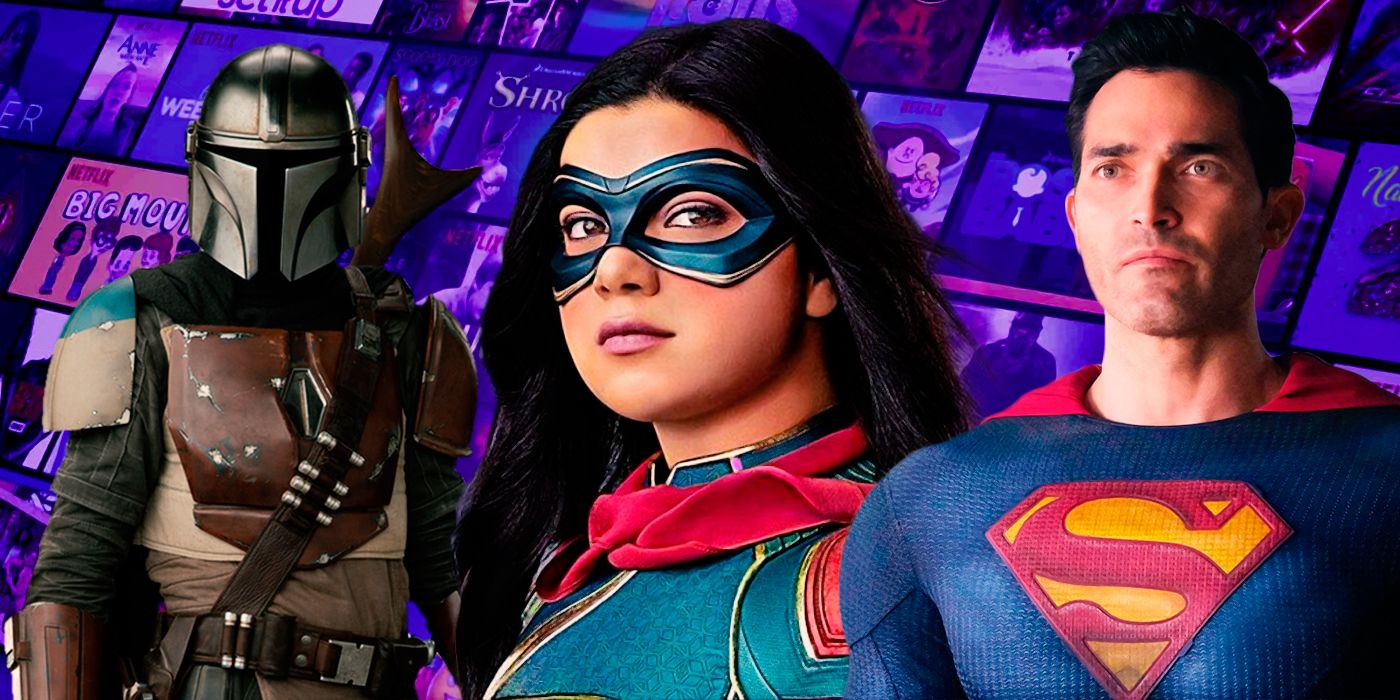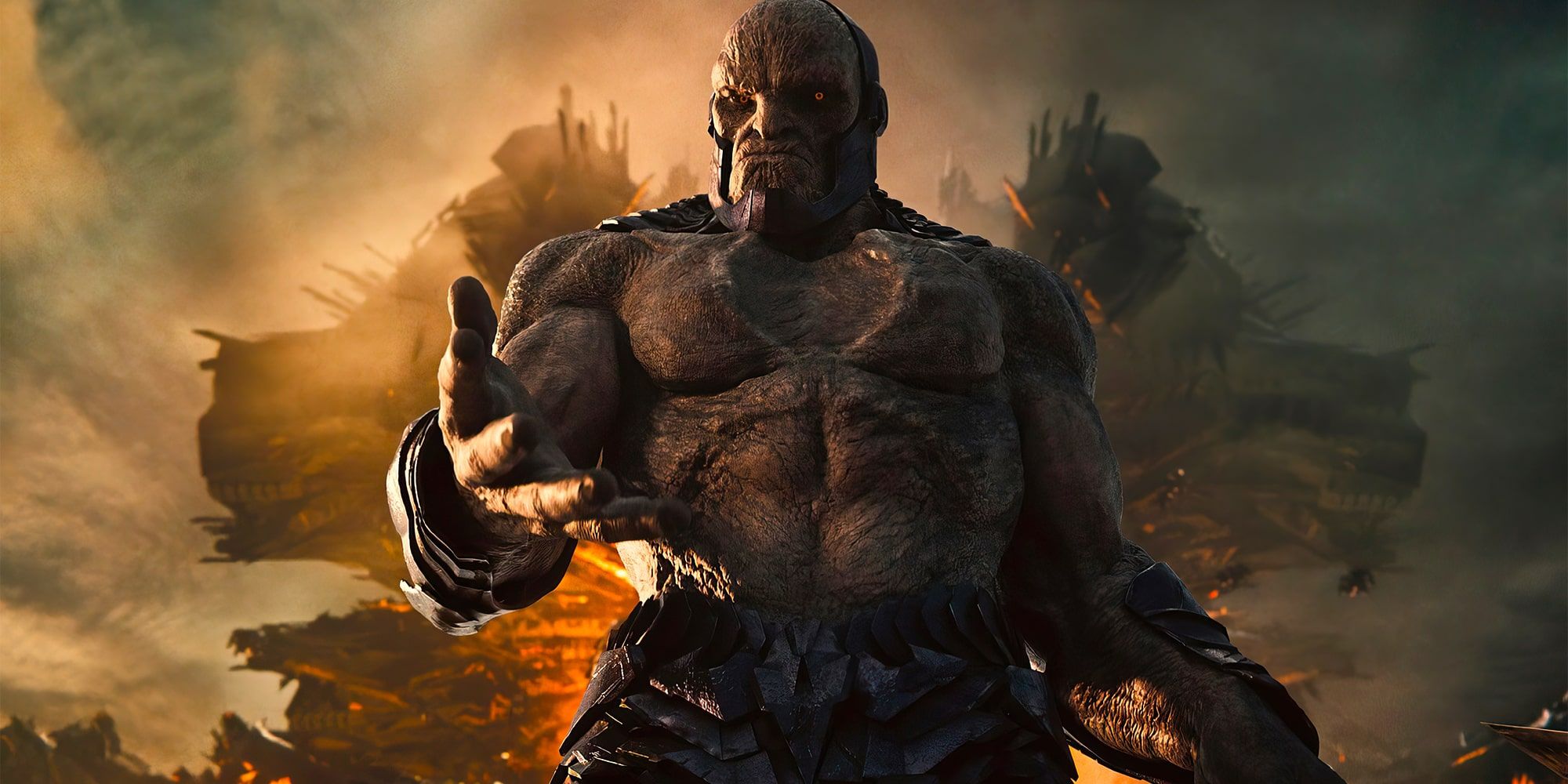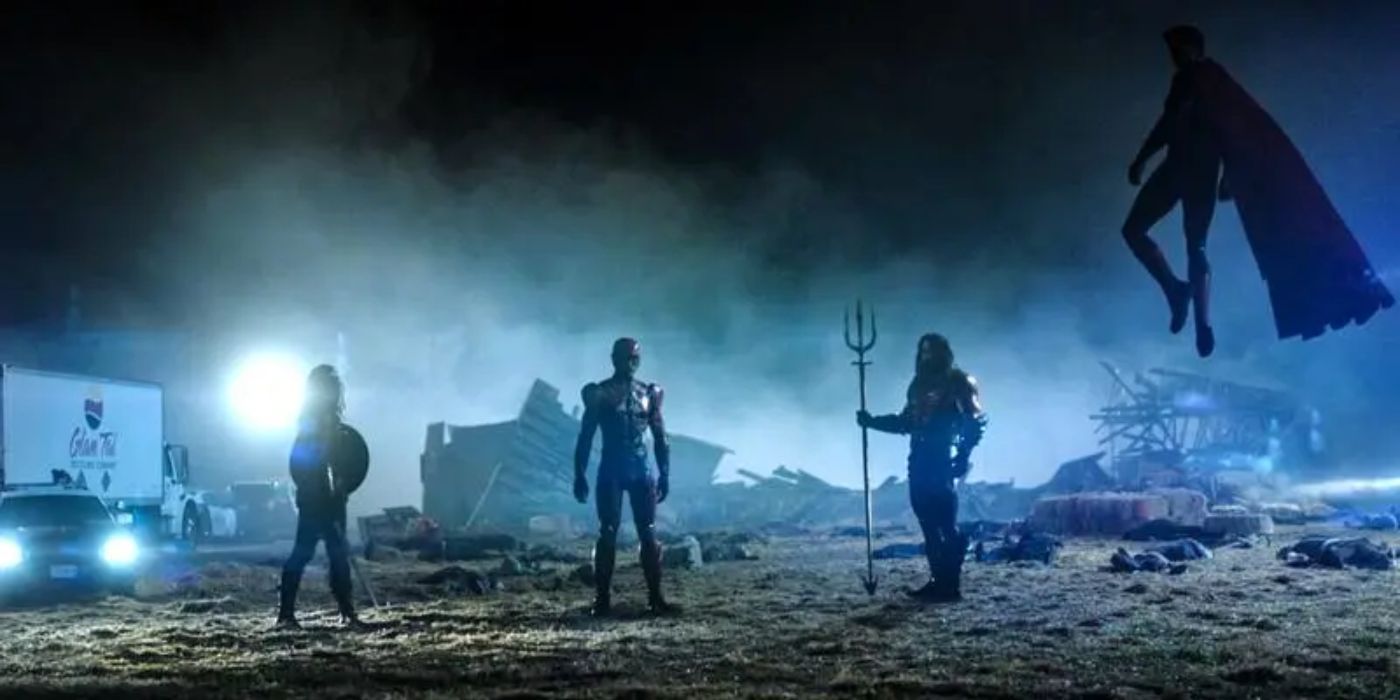The rise of streaming services is upending the business of Hollywood. With the new, direct-to-consumer business model, studios are making the equivalent of a blockbuster hit nearly every single month. The big movie franchises like the DC Extended Universe, Marvel Cinematic Universe and Star Wars are as successful on TV as at the movies -- and soon may exclusively be found on the small screen.
When thinking about these franchises, one always has to consider both the business side of things and the artistic side of things. Though they have different priorities, it’s unquestionably better when the two work together. Marvel and Lucasfilm -- both under Disney's ample mouse ears -- try to balance their massive interconnecting universes while still giving creators the freedom to tell their individual story. The numbers work better on streaming, as evidenced by Zack Snyder's Justice League debacle.
No matter if it was Snyder or Joss Whedon directing the 2018 film, the runtime wouldn’t have gone over three hours. There are many arguments against longer films: audiences won’t sit that long, the movie gets fewer screenings per day and movies shouldn’t be that massive. No version of the film would have been the director's cut that fans got years later on HBO Max. Zack Snyder’s Justice League cost $70 million to finish according to Inc., but if just four percent of HBO Max’s nearly 80 million subscribers joined or stayed subscribed to watch that movie, it made money for the company.
Doctor Strange in the Multiverse of Madness is the current big MCU blockbuster, and the story is more dependent on what happened in WandaVision than in Doctor Strange or even Avengers: Endgame. The film never really explains that the children Wanda’s so desperate to find are ones she lost when the Hex fell. It trusts viewers have seen her show. This comes across as a subtle message to the MCU die-hards that they’d better get on the Disney+ train to keep up.
If the streaming take-home for the parent company is consistently higher than feature films, then the business side will have to convince the creative side to send their best talent to TV. They'll have a pretty good argument to make, although the feature film is still considered by some actors and directors to be the pinnacle of storytelling. While doing press for The Rise of Skywalker, John Boyega declared “You ain’t going to Disney-plus me,” according to Variety. Just three years later, Boyega and other artists may reconsider.
Both Warner Bros. and Disney have found success critically and among fans for their streaming series. The respective fandoms seem to enjoy the small screen offerings more than the latest movies. Boyega’s Star Wars co-star Oscar Isaac just delivered an incredible performance in Moon Knight doing character work that would never survive the cutting room floor on a feature film. John Cena took a farce of a character from The Suicide Squad and imbued him with real depth and emotion in Peacemaker. The types of stories that writers, directors and actors get to create for streaming are not limited by the conventions of feature films.
James Gunn has finished shooting his last Marvel movie, and his next project is not a feature film. Instead, he’s working on Season 2 of Peacemaker and spinning off HBO Max projects for other characters from The Suicide Squad. J.J. Abrams is focusing his efforts on Justice League Dark content for HBO Max. Neil Gaiman works with two streaming services; Good Omens is getting a second season on Prime Video and his beloved DC character Sandman is coming to Netflix. Martin Scorsese made a Netflix movie -- and it was four hours long. Artists now understand that their work can be something more on a streaming service.
Needing four or six hours to tell the story means a feature film is probably doomed. On a streaming service, that’s a bonus. Even if the story could use some paring down, from a business perspective more is always better for a service to fill its users’ need for new shows and films every month. Studios may be more indulgent of their creatives with things like run time when the audience can simply pause the movie if they need a snack or a bathroom break.
A Justice League team-up or Avengers limited series could end up making each month what its total box office takeaway would be as a film. And with fewer limits on creative aspects like run time, the storytellers don't have to sacrifice quiet character moments for big blockbuster spectacles. Movies will always play in movie theaters, but the biggest projects in the future may be saved for streaming -- where they can be both financially and creatively successful.




